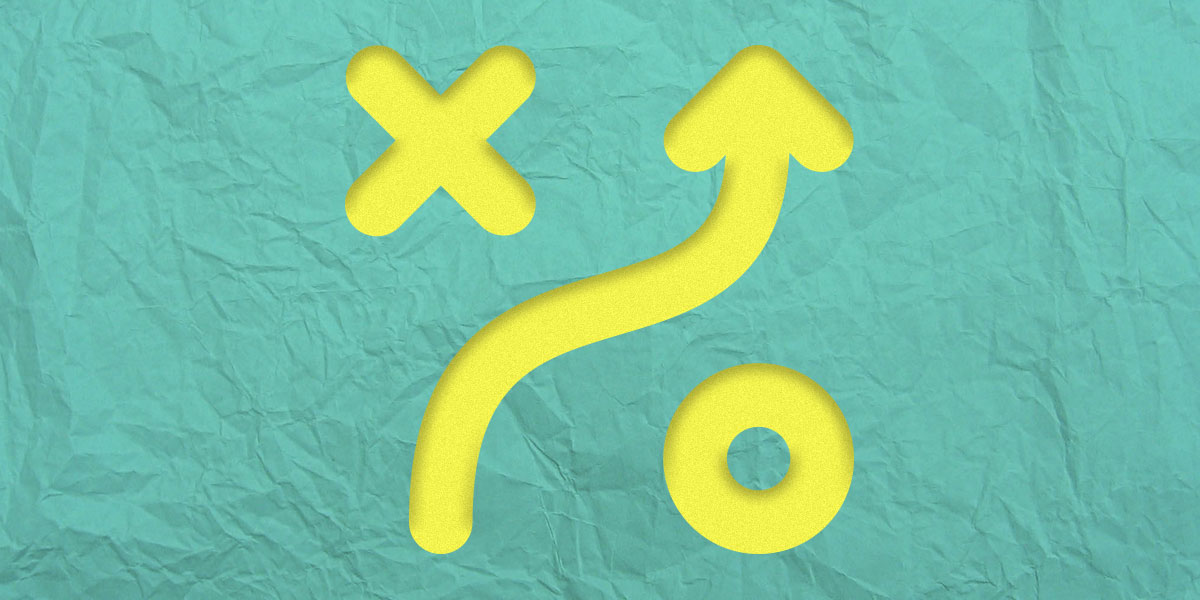10 things to consider when writing a creative brief

In Hong Kong just like anywhere else, it is crucial that you communicate to your freelance designer the best possible way. If you read this it is likely you already know the benefit of a good creative brief because you cannot just ask “how much is a logo”, or “I just need you to do a logo for me”.
The reason for this is the very nature of your relationship with the designer. You are required to identify what you need first so the designer can develop it further. And even more importantly, you want the designer to bring more than you know to the table. In the industry we call this a creative brief. A document that identifies and set the framework for the project in order for you and the designer to prepare tasks and milestones that will break things down.
The following 10 things to consider in your creative brief is valid for any kind of work, from visual identity to website design. However there will be significant differences in the details depending the nature of your project.
1. What is your brand?
You must take time to express what is the name of your brand; what it does; how it does it; and why it does it better than another. It may sound obvious, but this is the premise of everything. By identifying precisely your activity, you will be able to see clearer what it needs to thrive.
If this is done well, you may use this content for the narration of your brand story. A brand with a story is more likely to touch people than not. Your audience needs to identify with your product or service, and this may well be the starting point.
So start by giving the name of your brand and how you came about it. Engage your designer with a short story that will explain the origin of your idea, because some ‘historical’ content can trigger happy accidents – and help forging visuals to come.
2. Who is your audience?
Your brand is nothing if it is not for the people using your products or services. You must consider your brand from the perspective of your audience and not only for what it is to you. So, consider which niche your brand is for, and avoid being too broad with affirmations such as “it is for young professionals looking for quick healthy lunch”.
Instead you will identify precisely who these people are. A good way to do this is to create scenarios with made up names, age, profession, and trends of habits. Think about a specific person and ask yourself what does it do for a living; where does this person live and work; what are this person’s hobbies; which other brands does this person like, etc.
You can have more than 1 type of audience depending on the nature of your business. No to worry, just identify the different types of audience and repeat the process for each. At the end of the exercise you will decide which are the strongest audiences, and deliberately focus on those, leaving the lesser ones aside at least for the time being.
3. What do you want your brand to mean?
Here you must consider the added value to your brand. You want to identify how you want your audience(s) to feel when they interact with your brand. What is the message you want to give to people? What you don’t want your brand to be, etc.
Extend the discussion to the project by giving an overall idea of what you are after, and clearly state your objectives. Take time for this, because you and the designer will use this at every stages of development, challenging ideas and concepts against these qualities along the way.
4. Who is your direct and indirect competition?
Most of the time you are not alone doing what you do, and if you are that’s great. However it is more likely you have competitors on the same market segment, directly or somewhat indirectly.
It is healthy to list them and develop reasons why they are competing with you on the market segment. You can include opinion in this exercise by listing the pros and cons of their offerings. This is important so you can challenge your brand and try to make it different enough on your segment. The designer will benefit from getting a wider view which can turn to creative inspiration.
5. What elements compose your project?
You want to list the complete tasks you want to include in the project. So be as detailed as you need to be. This can cover, logo design, business cards design, website or app design, etc.
Each element listed must come with a manifest expressing what you expect them to be.. Don’t take this lightly, but refrain from describing how they should look like. Instead focus on what they should do/achieve as it is the designer’s job to come up with the way things will look.
Consider what precise deliverables you need to get for each elements. These are detailed file formats, such as jpeg – png for raster images, and EPS – AI – SVG – PDF for vector graphics. If you are not sure, then remember to request a list of deliverables directly in your brief.
6. What ideas do you already have?
You need to express what you have already thought about. A designer will expect you to have already ideas, and it is good to express them at the beginning of the project. Do not worry about having a negative influence on the designer. In the contrary think how it can save time to your project and demonstrate the level of freedom your designer can consider!
7. What is your budget?
This is an important question, and it covers financial budget as well as time budget. Yes, time is a commodity like money is. The same way you have reflected on the financial resources for your brand, you should be able to set aside a timeframe for your project. To make this easier, think about it from the end and work your way back to where you are at present.
For financial budget, you can simply think about it in a broad bracket manner when sharing the information in your project quote requests. The interesting point here is not to tell the designer how much to charge, but more to inform of the level of value you have for this project. It is worth noting that it is not because a task is fast that it is necessarily cheaper.
8. What do you expect from your designer?
Be as honest as you can because hiding things will only impede the project later on. Clarity at first is the best for a project, avoid surprises and frustrations as much as possible. Think about the way you would like the designer to involve you – how to communicate – what you expect the designer to make you feel – what are your fears – what you don’t like in people – level of availability, etc.
It may sound very subjective, and it is for sure. But never forget you work with people, and there is a side to people which is always on the emotional spectrum.
9. How about if things don’t work out as planned.
There is no shame in planning a little further than the positives. It doesn’t make the project any less interesting. In the contrary, it is valuable to say upfront what can be considered less good and how to possibly remedy them as a team.
Consider time extensions, budget extension, scope of work modification, etc. These can happen even though a good brief should minimise them to a maximum.
Here you can open the discussion to a methodology to tackle such surprises, and how you can channel them correctly with planned actions. This way, in case they pop up, there is no surprise and already an open conversation in place. Remember, there is always a way to solve a problem, and the last thing you want is a project to fail along the way.
10. Consider how the designer can benefit from your project.
Paying a designer for the work done is normal and should not be considered as a reward. The work of the designer is paid for, money is a commodity allocated to guaranty involvement and time availability.
A reward is more than this, and in the case of freelance designers it is about the development of a network, of a skill, and portfolio of work. So, mention directly your level of risk tolerance when it comes to allowing a designer to develop a lesser skill during your project. (For example, you like a designer for your website project, and you are willing to take him/her onboard knowing that the SEO part will require a slight learning curve).
Finally, your brief can state how the designer can use the project as a demonstration of work and skills on his/her portfolio, public credits, etc. That is another way to attract talents, because let’s be real, designers are constantly looking to communicate their work and skill progression.
Bottom line is that you should consider your creative brief carefully. It may appear like a long process, but you will definitely benefit from it down the line. It will help you frame your brand and your project, and make you see things you otherwise may not have seen right away.
You will enjoy the effect it has when you start sharing it with potential designers, as they will understand you better and ultimately be able to provide a much better service too. So taking a little time at first will help you save a lot more after.
Feel free to contact me to discuss your project if you feel you need a freelance graphic designer to help you achieve your goal. I am a freelance graphic designer in Hong Kong, building quality branding across media, from print to digital.
Read more on this topic:
10 Key Elements of a Successful Creative Brief by Upwork
How to write an amazing creative brief (plus free templates) by 99designs
How much does a logo design cost in Hong Kong? by Stan Diers
* post image using ‘Plan’ icon design by Ghayn (thenounproject.com/Ghayn)

